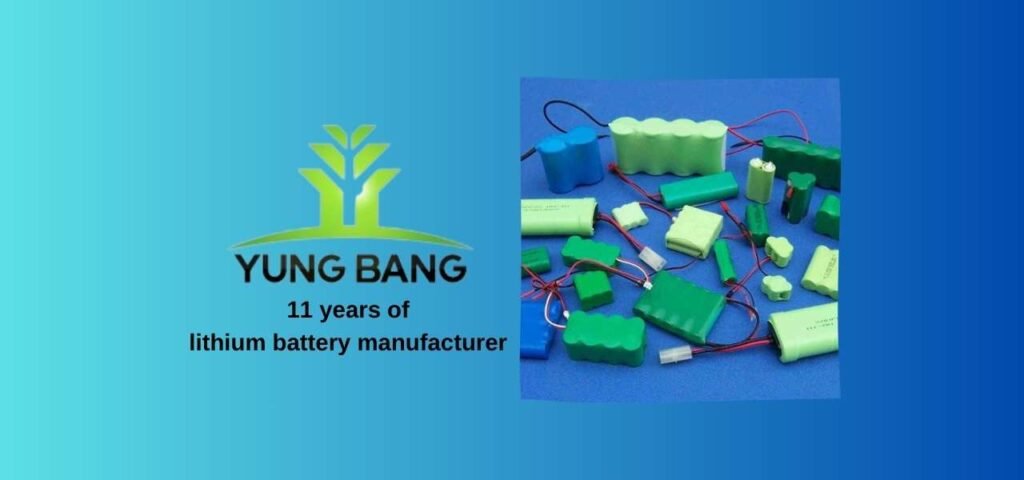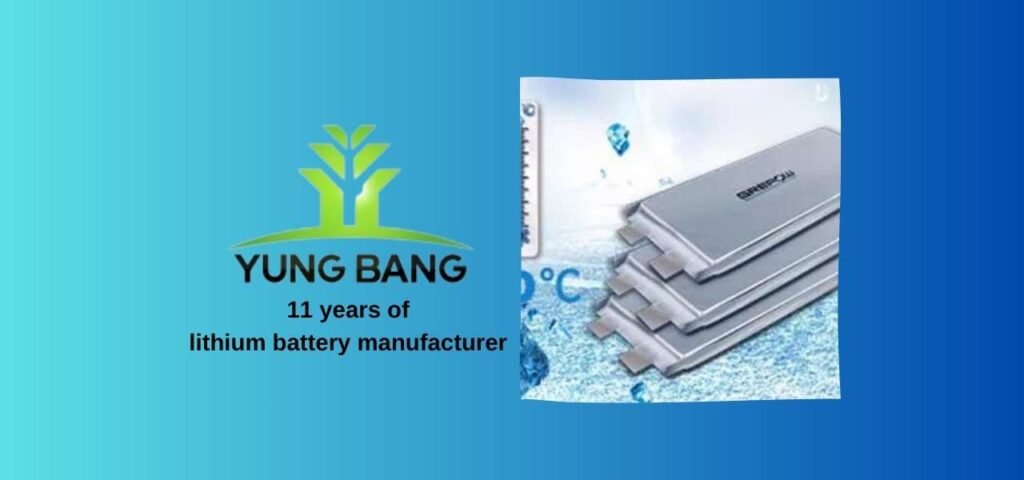1.Introduction:
Since their introduction to the market, lithium-ion batteries have been widely utilized due to their long lifespan, high energy density, and lack of memory effect. However, one persistent challenge with lithium-ion batteries is their performance in low temperatures, characterized by decreased capacity, severe degradation, poor cycling performance, significant lithium plating, and lithium imbalance during discharging. As industries continue to expand their applications, the limitations imposed by the poor performance of lithium-ion batteries in cold environments become increasingly evident.

2,Factors Restricting Lithium-Ion Battery Performance in Low Temperatures:
Electrolyte Viscosity and Compatibility: In low temperatures, the viscosity of the electrolyte increases, leading to reduced conductivity and compatibility between the electrolyte and the negative electrode and separator.
Lithium Plating and Solid Electrolyte Interphase (SEI) Growth: The negative electrode of lithium-ion batteries experiences severe lithium plating in low temperatures, resulting in the deposition of metal lithium and the formation of thick SEI layers due to reactions with the electrolyte.
Diffusion Limitation and Charge Transfer Impedance: Low temperatures reduce the internal diffusion system of active materials in lithium-ion batteries, leading to a significant increase in charge transfer impedance.
3,Discussion on Factors Affecting Lithium-Ion Battery Performance in Low Temperatures:
Expert Opinion 1: The electrolyte has the greatest impact on the low-temperature performance of lithium-ion batteries, with its composition and physicochemical properties playing a crucial role.
Expert Opinion 2: The primary factor limiting lithium-ion battery performance at low temperatures is the sharp increase in Li+ diffusion impedance rather than the SEI membrane.

4,Low-Temperature Characteristics of Lithium-Ion Battery Cathode Materials:
Layered Cathode Materials: Materials like LiCoO2 exhibit decreased discharge voltage and overall capacity at lower temperatures.
Spinel Cathode Materials: LiMn2O4, although cost-effective and non-toxic, faces issues of structural instability and poor reversibility due to variable Mn oxidation states.
Phosphate Cathode Materials: LiFePO4 suffers from poor conductivity and diffusion at low temperatures, leading to increased internal resistance and polarization effects.
5,Research on Low-Temperature Electrolytes:
Electrolyte research focuses on factors such as ion conductivity, electrochemical stability, and electrode reaction activity, crucial for improving battery performance at low temperatures.
6,Conclusion:
To enhance the low-temperature performance of lithium-ion batteries, efforts should be directed towards forming thin and dense SEI layers, ensuring high Li+ diffusion coefficients in active materials, and optimizing electrolyte conductivity. Additionally, exploring alternative battery technologies like solid-state lithium-ion batteries holds promise for overcoming capacity degradation and safety concerns associated with low-temperature usage.
7,Lithium battery temperature related issues
(1). Q: What are the main challenges faced by lithium-ion batteries in low temperatures?
A: In low temperatures, lithium-ion batteries encounter several obstacles such as decreased capacity, severe degradation, poor cycling performance, significant lithium plating, and lithium imbalance during discharging. These issues restrict their functionality and pose challenges across various industries.
(2). Q: How does electrolyte viscosity affect lithium-ion battery performance in cold environments?
A: Electrolyte viscosity increases in low temperatures, leading to reduced conductivity and compatibility between the electrolyte and the negative electrode and separator. This phenomenon hampers ion transport and exacerbates polarization, contributing to diminished battery performance.
(3). Q: What is the significance of cathode material characteristics in addressing low-temperature challenges?
A: Cathode materials play a crucial role in determining battery performance at low temperatures. For instance, layered cathode materials like LiCoO2 exhibit decreased discharge voltage and overall capacity in colder environments, highlighting the need for materials with enhanced stability and reversibility.
(4). Q: How do experts perceive the role of electrolytes in mitigating low-temperature effects on lithium-ion batteries?
A: Experts emphasize that electrolytes have the most significant impact on lithium-ion battery performance in low temperatures. The composition and physicochemical properties of electrolytes affect ion conductivity, electrochemical stability, and electrode reaction activity, thereby influencing battery behavior in cold environments.
(5). Q: What avenues of research offer promise for improving lithium-ion battery performance in low temperatures?
A: Research efforts focus on optimizing electrolyte characteristics, enhancing cathode material stability, and exploring alternative battery technologies such as solid-state lithium-ion batteries. These approaches aim to address issues like poor conductivity, lithium plating, and SEI growth, ultimately enhancing battery reliability and performance in cold conditions.

